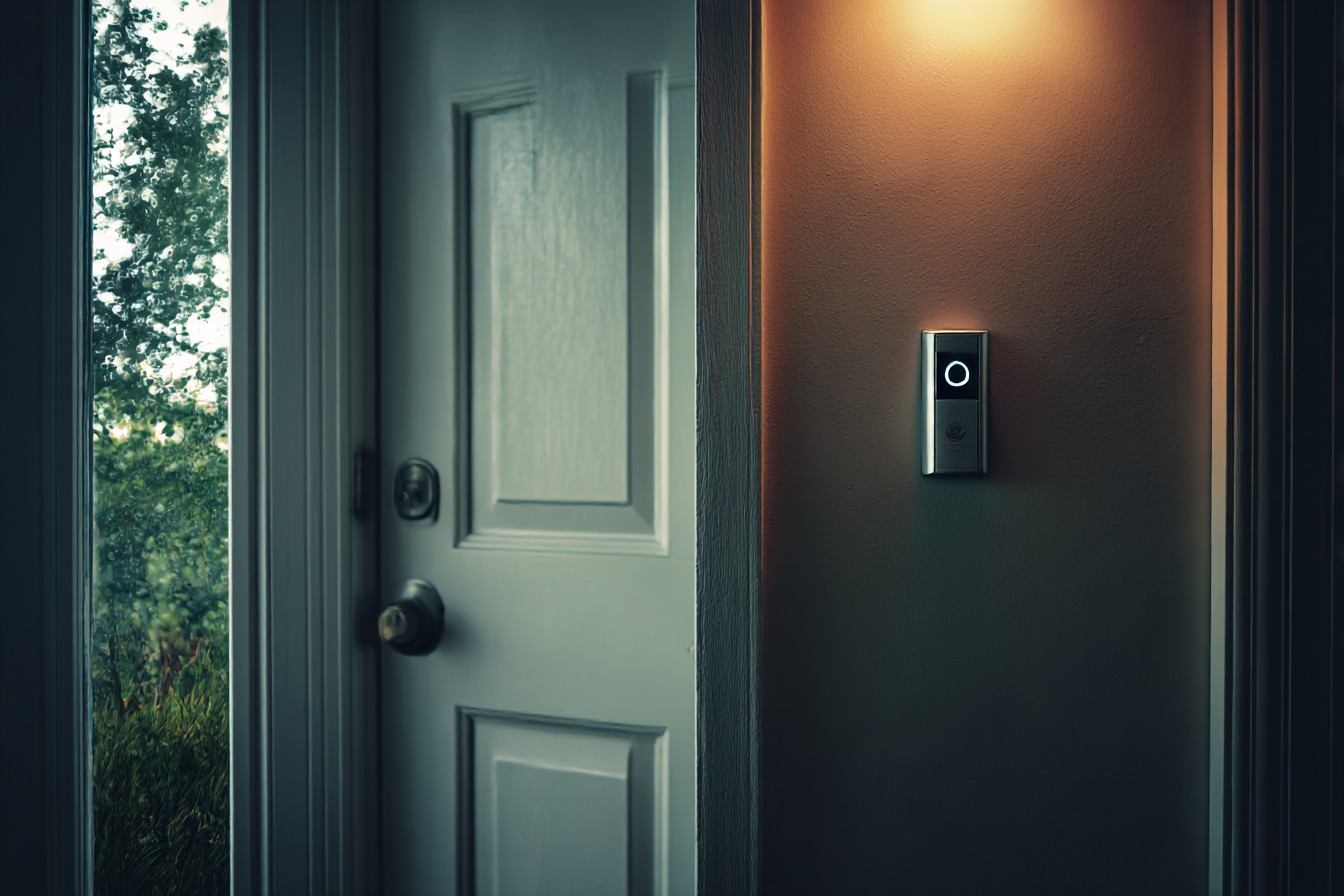It started, as most modern tragedies do, with an email. “We’re excited to announce some changes to your streaming experience!” the subject line read, with the kind of forced enthusiasm that immediately made my stomach drop. I’ve been around the digital block enough times to recognize the telltale signs of a company about to hose me.
I’d been a loyal subscriber to StreamBox (name changed to protect me from their undoubtedly predatory terms of service) for nearly three years. At $8.99 a month, it seemed like a reasonable deal for access to an admittedly decent library of shows and movies. Not perfect—nothing ever is—but good enough that I didn’t think twice about the monthly charge that appeared on my credit card statement with the regularity of the full moon.
The email sat unopened in my inbox for two days. Like finding a mysterious lump or hearing a weird noise from your car’s engine, I subconsciously knew that acknowledging it would only bring bad news that would require action, and honestly, who has the energy? But after accidentally opening it while clearing out my promotional folder (where it absolutely should have been filed, StreamBox, not my Primary inbox), I was forced to confront reality.
“As we continue to invest in groundbreaking content and innovative features to enhance your viewing experience, we’ve found it necessary to adjust our pricing structure to reflect the increased value we provide.”
My eyes darted to the only number that mattered in this corporate word salad. $17.99 per month. I did a double-take so dramatic I nearly gave myself whiplash.
A hundred percent increase? For what? The same mediocre recommendation algorithm that still thinks I want to watch baking competitions because I accidentally fell asleep during one eighteen months ago?
The email continued with bullet points highlighting all the “exciting new benefits” that apparently justified doubling my monthly tribute:
• “Enhanced streaming quality” (which my internet connection couldn’t support anyway) • “Expanded device access” (I only ever watch on my TV and occasionally my laptop) • “First access to StreamBox Originals” (shows that get canceled after one season regardless of quality) • “Limited ads experience” (wait, I was already paying to NOT see ads)
And buried at the bottom, in a font size seemingly designed for microscopic organisms: “Current subscribers will be automatically enrolled in the new Premium Plus plan in 14 days unless they update their preferences.”
The audacity was breathtaking. Not only were they doubling my bill, but they were also making it my responsibility to opt out. And “update preferences” was a hyperlinked euphemism for “downgrade to our new Basic plan” – which, after three clicks and a deliberately confusing comparison chart, I discovered was $6.99 but now included “limited advertisements” and restricted viewing to one device at a time.
So my options were: pay twice as much for essentially the same service, pay less for a demonstrably worse experience, or cancel altogether. The streaming equivalent of “Marry me, shoot me, or throw me off a cliff.”
I texted my friend Diana, who I knew had the same service. “Did you see this StreamBox nonsense?”
Three dots appeared immediately.
“YES. Absolute robbery. I’m canceling.”
“I’m thinking about it,” I replied.
“But I’m halfway through that show about the dysfunctional chef family.”
“Exactly what they’re counting on,” she shot back with infuriating accuracy. I decided to investigate how this “adjustment” compared to my other subscriptions, launching a full audit of my digital life that I’d been avoiding for roughly the same amount of time I’d been avoiding the dentist. The results were sobering.
My monthly entertainment expenditure looked like this:
StreamBox ($8.99, soon to be $17.99) FilmStream ($12.99) MusicLoop ($10.99) PodPlus ($4.99) GameVault ($14.99) NewsDaily ($5.99) LitMonthly ($9.99)
That’s nearly $60 a month, about to become $70. Seventy dollars for digital services that didn’t exist ten years ago, that I mostly scrolled through rather than used, and that I couldn’t definitively say improved my life in any meaningful way. And this wasn’t even counting the three free trials I’d forgotten to cancel that had silently morphed into paid subscriptions months ago.
How did we get here? I remember when Netflix was $7.99 for everything they had. Now you need five different services just to keep up with basic cultural conversations, each one employing teams of behavioral psychologists to ensure the maximum extraction of dollars from your wallet while providing just enough value that canceling feels like a slightly bigger hassle than keeping it.
I decided to call StreamBox customer service, a decision I immediately regretted as I navigated the ninth circle of IVR hell. After repeating “representative” to an automated system that seemed programmed to misunderstand basic English, I finally reached a human—I think. She might have been an AI so advanced it was programmed to sigh occasionally and sound slightly bored.
“I’m calling about the price increase,” I said, trying to sound firm but reasonable. “I’ve been a loyal customer for three years, and I don’t think doubling the price is fair.”
“I understand your concern,” she replied with the emotional investment of someone watching paint dry. “The new pricing reflects significant investments in our content library and platform capabilities.”
“But I don’t need or want many of these new features.
Is there a way I can keep my current plan at the current price?”
“Unfortunately, we’re streamlining our offerings. The current plan structure is being retired.”
“Retired? It’s not a person.
It’s a pricing tier.”
“I understand your frustration,” she continued, clearly not understanding anything. “I can offer you a 10% discount on the new Premium Plus plan for the first three months.”
Ah, the classic strategy of making the robbery slightly less painful for just long enough that I might forget I’m being robbed. I declined and asked about the new Basic plan instead.
“The Basic plan is perfect for users with simpler needs,” she recited, probably reading directly from a script. “However, I should inform you that downloads are not available on Basic, streaming quality is limited to 720p, and some content is excluded from the Basic library.”
“Wait—some content is excluded? What content?”
“I don’t have the complete list in front of me, but generally newer releases and some StreamBox Originals may not be immediately available to Basic subscribers.”
And there it was.
The content I was currently paying $8.99 to access would now cost me $17.99, while paying less meant getting significantly less than what I currently had. A masterclass in corporate extortion disguised as “plan simplification.”
After hanging up, I did what any rational consumer would do: I went to social media to vent my spleen. Apparently, everyone else had the same idea.
The StreamBox hashtag was flooded with outrage, clever memes about highway robbery, and people posting their cancellation confirmations like badges of honor. The company’s response was a case study in corporate tone-deafness: “We value your feedback! The new pricing structure allows us to continue delivering the content you love while investing in new technologies to enhance your viewing experience!”
Someone replied with a GIF of a cartoon character setting money on fire.
It had 40,000 likes. I decided to do more research on this phenomenon, which led me down an internet rabbit hole of subscription pricing psychology. The strategy has a name: “expand and extract.” Companies deliberately launch with artificially low prices to build a user base, gradually adding features that most users don’t need or want, then leveraging those additions to justify significant price hikes.
The truly insidious part is how they structure the choices—the new “basic” tier is deliberately made worse than your current experience, making the price increase seem like the rational choice. What’s more, they count on something called the “endowment effect”—once you’ve invested time in their ecosystem (building playlists, watching half of several series, creating a watchlist), the perceived value of keeping the service increases beyond its actual utility. I’d literally been psychologically manipulated into overvaluing a service that was about to charge me twice as much.
I went back to StreamBox’s website to cancel my subscription. The cancellation button, previously red and prominent when I first signed up, was now a tiny gray link buried at the bottom of my account settings, below options to “Upgrade Your Experience” and “Refer a Friend” (as if I would inflict this on someone I actually liked). The cancellation process was no less than five screens, each one more desperate than the last:
“Are you sure you want to leave?
Here’s what you’ll be missing…” “Wait! What if we gave you 15% off for three months?” “Tell us why you’re leaving so we can do better!” (With no option for “because you’re doubling your price, you bloodsuckers”) “Your favorite show is getting a new season next month! Still want to miss out?” “Last chance!
How about a free month before your new pricing kicks in?”
I persevered through this digital gauntlet of guilt and manipulation, finally reaching the promised land of “Your subscription has been canceled,” only to be informed that I would still have access until the end of my current billing cycle—conveniently just enough time to get three more episodes into a new series and reconsider my decision. I’d love to say I stood firm, that I bravely cut the digital cord and rediscovered the joy of books or outdoor activities or talking to actual humans. The truth is more complicated.
I canceled StreamBox and immediately felt a mix of righteousness and anxiety. What about that show I was halfway through? What about the comfort of mindless scrolling when my brain was too tired for actual decisions?
Two weeks later, they emailed me again. “We miss you! Come back to StreamBox for a special returning subscriber offer: 6 months at $9.99/month!”
Just a dollar more than I had been paying.
The sheer calculated precision of this offer was almost admirable. They knew exactly how much more I’d be willing to pay to avoid the hassle of missing out. I’d like to tell you I deleted the email.
What I actually did was create a calendar reminder to cancel again in five months and twenty-nine days. The house always wins.













